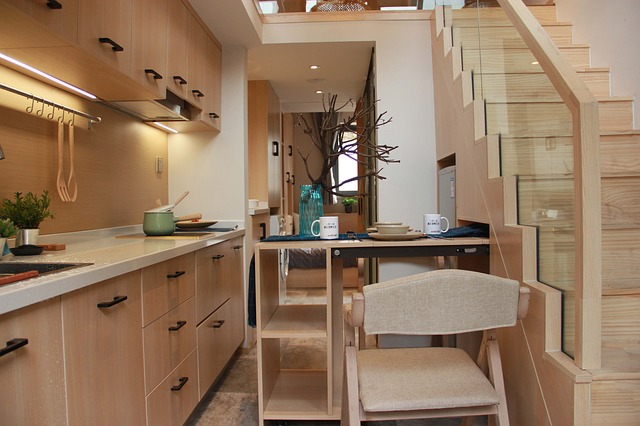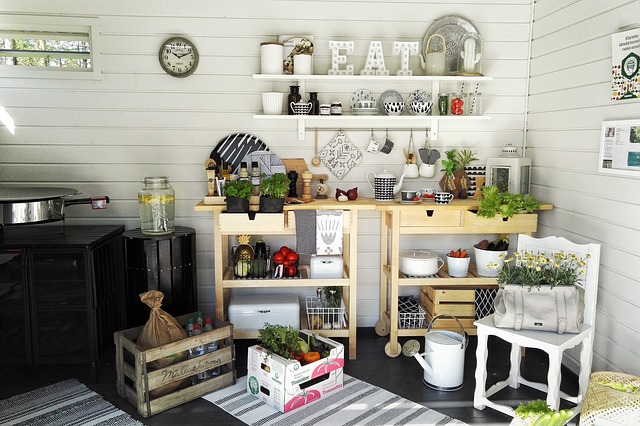Measure Before You Shop
Calculate how many linear feet of string you need by measuring around windows and doors and along the roof-line—wherever you’re running lights. Once you’ve tallied the linear feet, check the lighting’s package for the length. Determine the distance between the outdoor socket and where the run of lights starts, and use an appropriate length of outdoor-rated extension cord to avoid having lights go straight to the socket.
Choose the Right Bulb
If you like the look of warm white lights with a slight yellow cast, incandescent bulbs are your best bet, especially for smaller jobs, like lighting a wreath or a garland. They’re generally less expensive than LEDs, but they have a shorter life span and consume 80 percent more energy. For bigger jobs, go with more-efficient LEDs. They’re available in a wide range of styles, from minis and colorful retro-style C7s to larger globes. The quality of the light varies with LEDs, so look for wording such as “soft white” or “classic white” on the packaging to avoid bulbs with a cool blue undertone.
Consider Spacing
The distance between individual lights is all over the map. Take a tape measure with you to determine the spacing between lights, and buy sets that come with less than 12 inches between bulbs. Typically, larger bulbs, like chunky C7s or C9s for the roof, look best when the lights are between 6 and 10 inches apart. Smaller lights or minis should be spaced more tightly to avoid having to wrap a mailbox post or a column multiple times.

Don’t Forget the Trees
For conifers, go with this rule of thumb: 100 lights per every vertical foot of tree. And opt for larger bulbs that won’t get lost when viewed from the street. For deciduous trees, minis work fine, and you can make quick work of wide trunks with a net of lights. But if the tree is less than 4 feet in circumference, stick with string lights. For shrubs, use mini lights with 25 to 50 lights per set on a green cord—they’ll blend in much better than netted lights. Tuck them into shrubs in a random pattern, keeping the strings 4 to 6 inches apart. And wrapping bulbs running between bushes with black electrical tape saves you from having to buy blackout caps. We buy houses in Arlington Tx
Power Up—Carefully
LEDs are often spaced closer together than incandescent, and you can string more of them end to end. For that reason, it’s a good idea to limit incandescent mini bulbs to 10 strings of 50 lights for one plug. With LEDs, you can go up to nearly 50 strings, each with 70 lights. Don’t assume all lights are designed for outdoor use; wrap all connections between strings with electrical tape to keep moisture out. Always plug lights into a covered outlet protected with a ground-fault circuit interrupter (GFCI)—running cords from inside the house through a window or a mail slot is a fire hazard.
